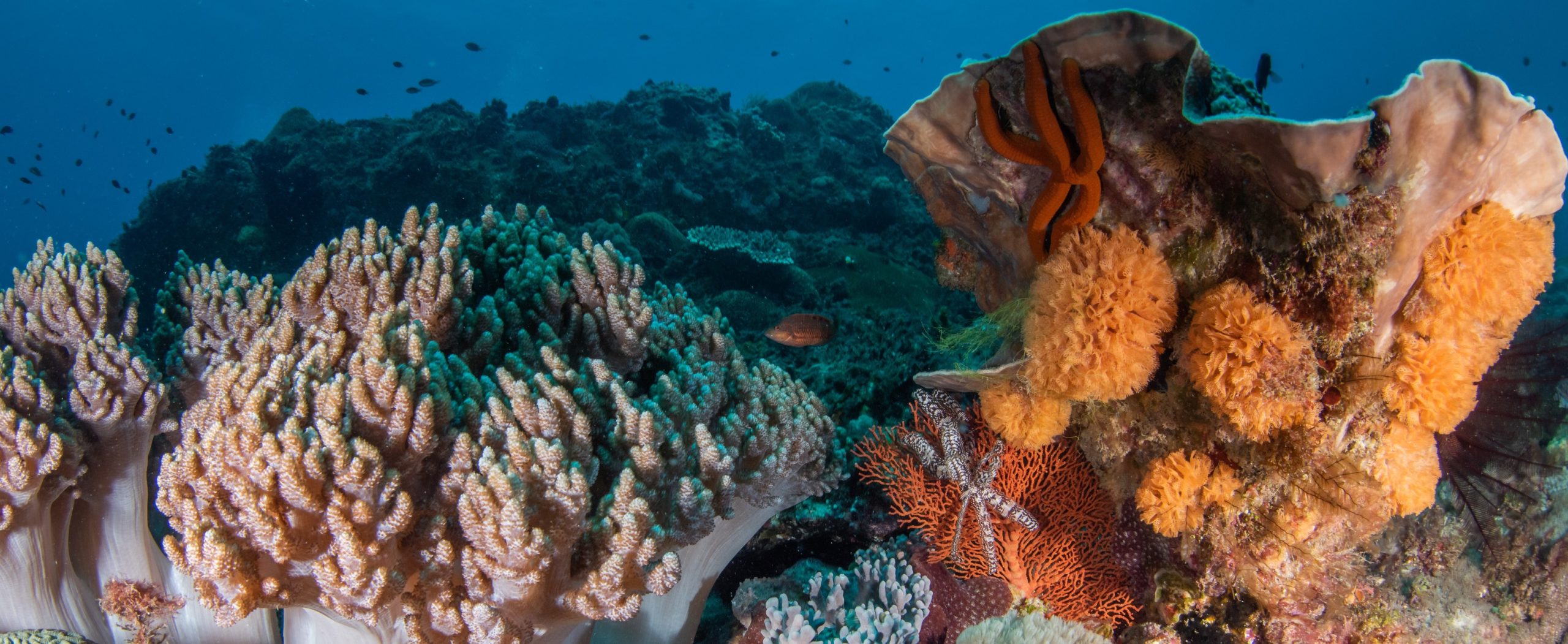Protected areas are the flagship management tools to secure biodiversity from anthropogenic impacts. However, the extent to which adjacent areas with distinct protection levels host different species numbers and compositions remains uncertain. Here, using reef fishes, European alpine plants, and North American birds, we show that the composition of species in adjacent Strictly Protected, Restricted, and Non-Protected areas is highly dissimilar, whereas the number of species is similar, after controlling for environmental conditions, sample size, and rarity. We find that between 12% and 15% of species are only recorded in Non-Protected areas, suggesting that a non-negligible part of regional biodiversity occurs where human activities are less regulated. For imperiled species, the proportion only recorded in Strictly Protected areas reaches 58% for fishes, 11% for birds, and 7% for plants, highlighting the fundamental and unique role of protected areas and their environmental conditions in biodiversity conservation.
